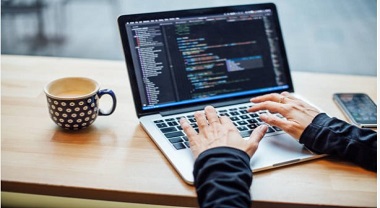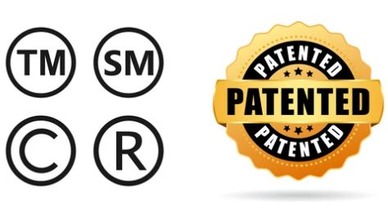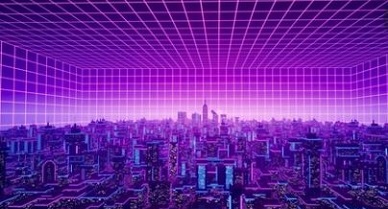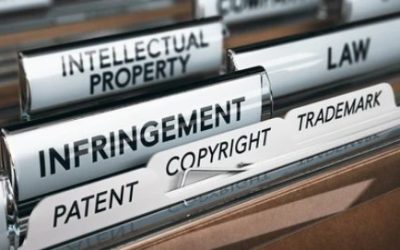Patentability Search of Software in India
A patent is an intellectual property right granted by a government to the inventor, to protect their invention and allow the fullest commercial exploitation of the patented invention. Importantly, only those who have developed new technologies and created a product can file for a patent on the new technology.
The process of getting an invention Patent starts with Patentability Search, its also known as Novelty Search or Prior Art Search. In other words, a patentability search is a process of identifying the same or similar inventions with reference to the invention in the question of a patentability search. It allows the inventors to know about similar inventions which already exist and make changes to their inventions in order to make them patentable.
There are other search methods for patentability as well, which cater to different applications and use cases, for example, You may do an invalidity search to see whether a certain patent is still valid, and an infringement searches to make sure you are not making use of an innovation that is protected by a patent owned by someone else. Freedom to operate searches provides you with important information about how much business opportunity there is for your firm in the industry, in addition to letting you know whether there would be any difficulties entering your chosen market. The patentability and patentability search of software in India, however, will be the focus of this essay.
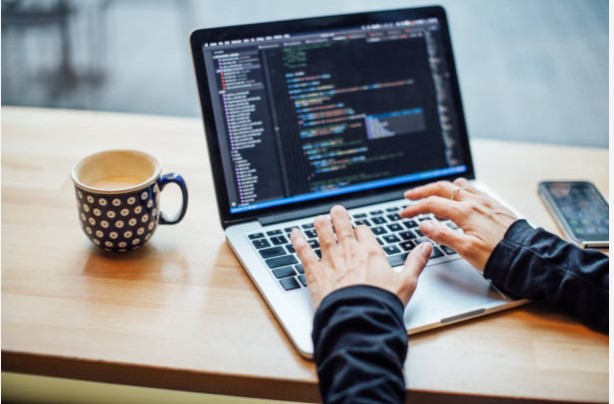
Is Software Patentable?
Software patents are one of the oldest patents. However, this does not mean that they are as well-defined as other patents. In fact, software patents have been a point of contention for many years now.
Section 2 (1) (l) defines “new invention” in The Patents Act, 1970 as follows:
“New invention” means any invention or technology which has not been anticipated by publication in any document or used in the country or elsewhere in the world before the date of filing of a patent application with complete specification, i.e. the subject matter has not fallen in the public domain or that it does not form part of the state of the art;”
Hence, the software has to be a new invention to be patentable. The question of whether particular software is patentable or not as held in the case of Bishwanath Prasad Radhey Shyam v. Hindustan Metal Industries [(1979) 2 SCC 511], is a mixed question of law and fact, however, the requirement of an ‘Inventive step’ having novelty and utility still remains a basic requirement for patentability.
In the case of Ferid Allani v. Union of India and Others [2019 SCC OnLine Del 11867 : (2020) 81 PTC 489] its was rightfully observed in para 10 that :
“In today’s digital world, when most inventions are based on computer programs, it would be retrograde to take a view that all such inventions would not be patentable. Innovation in the field of artificial intelligence, blockchain technologies, and other digital products would be based on computer programs. They would not become non-patentable inventions for the reason that they are computer-based. It is rare to see a product which is not based on a computer program.”
Should you go for Patents or Copyrights?
However, software enjoys dual protection under copyright and patent law, but which law prevails will depend on the strategic advantage sought by the applicant. Copyright protects the code of the programmer but it does not protect the idea behind that code and does not protect it from being recreated. Hence, the need for patenting software arises.
The owner can easily replicate and distribute the original work through copyright registration, however, a patent for an invention cannot be obtained once disclosed to the general public or made available in the marketplace. Although a program’s operational procedures and overarching principles cannot be protected by copyright, the expression of programming skills in code may. Legal usage of the program makes reverse engineering of trade secrets permitted as well.
As a result, they are focused on scope rather than how the work was generated, henceforth, patents are essential for the protection of software. Patents can be the ideal solution when it comes to the defense of concepts and the usability of the software. However, in order to be eligible for a patent, the software must be more than merely an algorithm and constitute a technological breakthrough as previously discussed in the quoted judgments.
Significance of patentability search of Software?
The objective of a patentability search is to notify the inventor about similar existing inventions. Upon receiving such information, the likelihood of a patent being awarded rises as required tweaks can be made in order to differentiate your invention from existing others.
However, the software can be patented if it is attached to an invention and that it is a component of such invention. To avoid the claim of sec. 3 (k) of Patents Act, 1970 which reads as :
“The following are not inventions within the meaning of this Act, —
(k) a mathematical or business method or a computer program per se or algorithms;”
It is essential to show that hardware is an essential part of the invention along with the software or computer program. Similar to copyright, patent laws also allow the patent owner to give a license or assign his patented work to any individual or third party giving them certain rights over patented work. Such license is to be granted by a written agreement wherein all the terms and conditions are precisely mentioned. However, the above-mentioned judgments broaden the scope of such application.
Hence, the case of Accenture Global service GMBH v. Assistant Controller of Patents and Designs [2012 SCC OnLine IPAB 192 : [2012] IPAB 191] is a great example of avoidance of Section 3(k) of the Patents Act of 1970. It was argued that the invention consisted of a process for producing a data mapping account, but this was objected to on the grounds that the technical outcome of the process was not discernible. Following an investigation, it was determined that the innovation is not software in and of itself but rather a system that combines software and online services. Therefore, it was given a patent since it did not fall within the exemption of Section 3k of the Act.
Henceforth, the fact that software is a code does not exclude its patentability because the internet, another invention of our day that is based on code, exists today. It is essential that even the codes be protected by patents in order to preserve technical advancements and promote them. Even though India was the first country to provide software legal protection, it has fallen behind in this sector whereas countries like USA has recognized its significance. Even if the plan has a number of flaws, the benefits exceed the drawbacks by a wide margin. It has become imperative that our laws change in order to boost the nation’s technological development.
Conclusion
A software patent search aids organizations and people in determining the types of software that are already in use. A software patent search will inform you of any existing software that is similar to the software you have created or the software idea you have. The search assists you in determining whether your software is sufficiently original to warrant a patent when you want to file for one. It is further held by Delhi High Court that “the bar on patenting is in respect of computer programs per se, and not all inventions based on computer programs”. With no proper legislation defining the scope of protection of software as a trade secret, trade secret seems as a limited and restricted option for protection of IP vested in the software.
Author: Ravi Raj (Legal Intern), Co-Author- Ajay Kacher – Legal Associate , in case of any queries please contact/write back to us at support@ipandlegalfilings.com or IP & Legal Filing.
